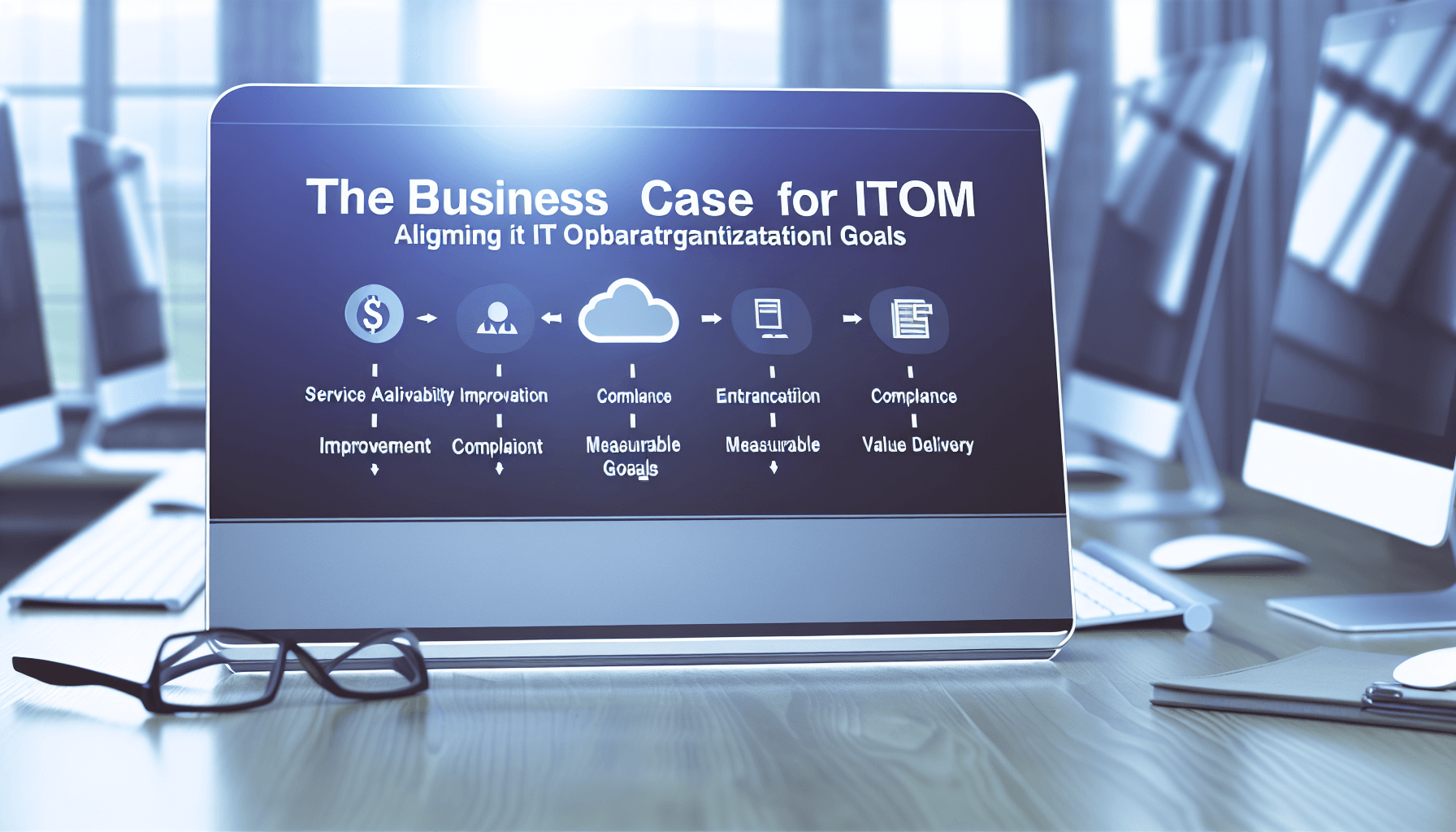Best Practices for Deploying AI in ITSM: Governance, Security, and Change Management

Artificial intelligence (AI) is redefining IT Service Management (ITSM), unlocking unprecedented levels of efficiency, automation, and intelligent insights. More and more organizations are adopting AI-powered solutions to streamline ticket classification, accelerate incident resolution, strengthen knowledge management, and deliver proactive support.
However, the rush to adopt AI often exposes critical weaknesses: gaps in IT security, shortcomings in AI governance, and underdeveloped change management frameworks. Without a strategic and disciplined approach, implementing these technologies can lead to bias, operational disruptions, regulatory noncompliance, and even a loss of stakeholder trust.
This guide outlines best practices for integrating AI into ITSM safely and effectively. Based on industry standards and recognized frameworks, it provides checklists and actionable recommendations to strengthen governance, safeguard security, and manage change successfully. By following these guidelines, IT leaders can reduce risks, promote responsible adoption, and maximize the operational value of AI.
Understanding the Stakes: AI Adoption, Security, and Operations in ITSM
Before diving into best practices, it’s vital to appreciate the unique challenges of embedding AI into ITSM environments. Common hurdles include:
- Data Security & Privacy: Sensitive operational data must be protected at all lifecycle stages.
- AI Model Transparency: Black-box decision-making risks undermining process accountability.
- Data Security & Privacy: Sensitive operational data must be protected at all lifecycle stages.
- Change Resistance: Employees and stakeholders worry about job security and unfamiliar workflows.
- Compliance: Regulations governing data usage, audit, and reporting are evolving alongside technology.
- Continuous Optimization: AI models can drift or degrade without robust monitoring, retraining, and feedback loops.
Addressing these concerns demands a proactive, structured approach rooted in best practices for governance, security, and change management within the ITSM context.
Best Practices for AI Governance in ITSM
Effective AI governance ensures that AI solutions align with organizational values, policies, and legal requirements. Governance frameworks should be established before AI projects advance beyond proof-of-concept stages.
Core Elements of ITSM AI Governance
- Leadership & Accountability: Designate clear AI ownership, including executive sponsors, project managers, and cross-functional steering committees.
- Policy Development: Create or update policies addressing acceptable AI use, data handling, bias mitigation, and compliance.
- Risk Assessment: Conduct structured risk assessments to identify and document potential threats, including algorithmic biases, performance issues, or reputational harm.
- Stakeholder Engagement: Involve business, security, compliance, and user representatives early to ensure well-rounded perspectives.
- Ethics & Fairness: Mandate bias audits, human-in-the-loop reviews, and explainability for high-impact AI decisions.
AI Governance Checklist for ITSM
- Are AI objectives clearly mapped to ITSM business outcomes?
- Who is accountable for model performance and ethical AI use?
- Do documented policies exist for AI development, testing, deployment, and ethical standards?
- Is there a process for routine AI risk assessments?
- Have stakeholders from all affected departments been included in governance review?
- How are decisions regarding AI explainability, bias, and transparency captured and reviewed?
Establishing governance up front helps ensure that your ITSM AI adoption is responsible, sustainable, and adaptable to future regulatory change.
Securing AI Solutions in ITSM Environments
AI introduces new security challenges, from data ingestion through model inference. The sensitive nature of ITSM data, involving user devices, credentials, or incident histories, demands a rigorous approach to IT security throughout the entire AI lifecycle.
Best Practices for AI Security
- Data Lifecycle Protection: Apply encryption, access controls, and secure data storage for all datasets used to train, validate, and operate AI models.
- Secure Model Development: Use version control, code reviews, and vulnerability scanning for AI pipelines and assets.
- Vendor and Cloud Risk Management: Assess third-party AI vendors or cloud providers for compliance, privacy, and security posture.
- Identity and Role-Based Access: Grant least-privilege access to AI systems and underlying infrastructure.
- Auditability and Logging: Maintain detailed logs of data usage, model inference, and administrative actions for investigations and compliance checks.
- Threat Detection & Response: Monitor AI application endpoints for anomalies, adversarial attacks, or misuse.
AI Security Checklist for ITSM
- Is sensitive data anonymized or pseudonymized before AI training?
- Are there technical and policy safeguards to prevent unauthorized access to AI datasets or models?
- Has every vendor and service provider passed a security and risk assessment?
- Do you regularly review access rights to AI environments?
- Are all AI-related activities logged and monitored for suspicious behavior?
- Is there an established process for quickly patching or rolling back compromised AI models?
Building security into every phase of your AI deployment ensures regulatory compliance, preserves organizational trust, and reduces the risk of costly incidents.
Change Management for AI-Driven ITSM Operations
Even the most robust AI solution can fail if change management practices are neglected. AI disrupts established roles, introduces new processes, and can spark resistance among teams. Successful AI adoption in ITSM hinges on preparing people and processes for these changes.
Pillars of AI Change Management in ITSM
- Stakeholder Communication: Develop a transparent communications plan to explain the rationale, benefits, and limitations of AI-powered ITSM.
- Training & Upskilling: Provide targeted training, workshops, and coaching to prepare staff for new AI-enabled workflows and expectations.
- User Involvement: Involve end-users and service agents in pilot programs and feedback cycles to surface challenges early.
- Iterative Rollouts: Deploy AI incrementally, starting with low-risk use cases, and gradually scaling as confidence and maturity grow.
- Performance Monitoring: Track both technical (accuracy, up-time) and business (ticket resolution speed, SLAs) KPIs to gauge adoption success.
- Continuous Feedback: Create channels (surveys, retrospectives, chatbots) for users to report confusion, issues, or feature requests post-launch.
Change Management Checklist for ITSM AI Implementation
- Are all affected teams informed about the AI project scope and timeline?
- Is there a structured training plan in place for support agents, admins, and end-users?
- Do you have mechanisms for capturing real-time feedback and iterating quickly?
- Have change champions or super users been appointed to help drive adoption?
- Are you piloting the solution in a controlled environment before full rollout?
- How will success be measured, reported, and shared?
Comprehensive change management reduces disruption, accelerates value realization, and helps build a culture ready for ongoing innovation.
Optimizing and Sustaining AI-Enhanced ITSM Operations
AI deployment best practices don’t end with go-live. Continuous optimization is crucial for maximizing returns and mitigating risks as business requirements change and AI technologies advance.
Best Practices for Continuous Operational Optimization
- Monitor Model Performance: Routinely track accuracy, false positives, case handling time, and user satisfaction. Adjust or retrain models as necessary.
- Data Quality Assurance: Audit training and inference data pipelines to ensure integrity, freshness, and relevancy.
- Feedback Loops: Use end-user and agent feedback to refine AI-driven workflows and address pain points promptly.
- Incident & Anomaly Detection: Leverage AI ops monitoring to flag workflow failures, task bottlenecks, or potential drift in AI outputs.
- Iterative Process Improvement: Schedule regular reviews of AI performance and business outcomes. Align future development with lessons learned and evolving needs.
- Regulatory & Ethical Compliance Check-Ins: Prevent compliance drift by periodically reassessing AI models against new regulations and ethical standards.
Operational Optimization Checklist
- Are all key performance indicators (KPIs) for AI use cases tracked and documented?
- Do you have automated systems for detecting AI model drift or accuracy drops?
- Is data regularly refreshed and validated for ongoing relevancy?
- Are feedback and optimization requests triaged and prioritized effectively?
- How frequently are governance, security, and compliance practices reviewed?
This lifecycle approach to operational optimization maintains the integrity of ITSM processes, enabling organizations to quickly capitalize on new AI advancements and shifting business requirements.
Common Pitfalls to Avoid in ITSM AI Deployment
Even well-intentioned AI initiatives encounter obstacles. Guard against these common mistakes:
- Underestimating Change Resistance: Skipping change management can result in user backlash and low adoption rates.
- Neglecting Security-by-Design: Failing to embed IT security controls early on leaves AI models and data vulnerable.
- Insufficient Stakeholder Engagement: Omitting end-users or compliance officers from governance erodes project buy-in and oversight.
- Overlooking Bias and Explainability: Ignoring explainability or fairness audits can result in unintended harm and legal exposure.
- Lack of Post-Go-Live Monitoring: Deploying AI without robust post-launch monitoring undermines long-term success and value realization.
Anticipating these pitfalls keeps your AI deployment on track and maximizes organizational benefits.
Responsible, Secure, and Agile AI Adoption for ITSM
Implementing AI in ITSM can become a decisive catalyst for operational optimization, provided it is managed with discipline, transparency, and continuous oversight. Adopting best practices in governance, IT security, and change management enables organizations to achieve AI integration that is responsible, adaptable, and sustainable over time.
This requires establishing clear governance frameworks with executive backing and rigorous risk assessments, embedding privacy, security, and compliance measures from the outset across the AI lifecycle, and encouraging active stakeholder engagement through open communication and strong change management that builds trust and eases technological transitions.
Long-term success also demands a commitment to continuous improvement and the agile incorporation of feedback to evolve processes. The question is: Is your organization ready to unlock the full potential of AI-powered ITSM? The time to act is now. Assess your current practices against the recommendations in this guide and start building a more resilient, innovative, and trustworthy IT service environment.















